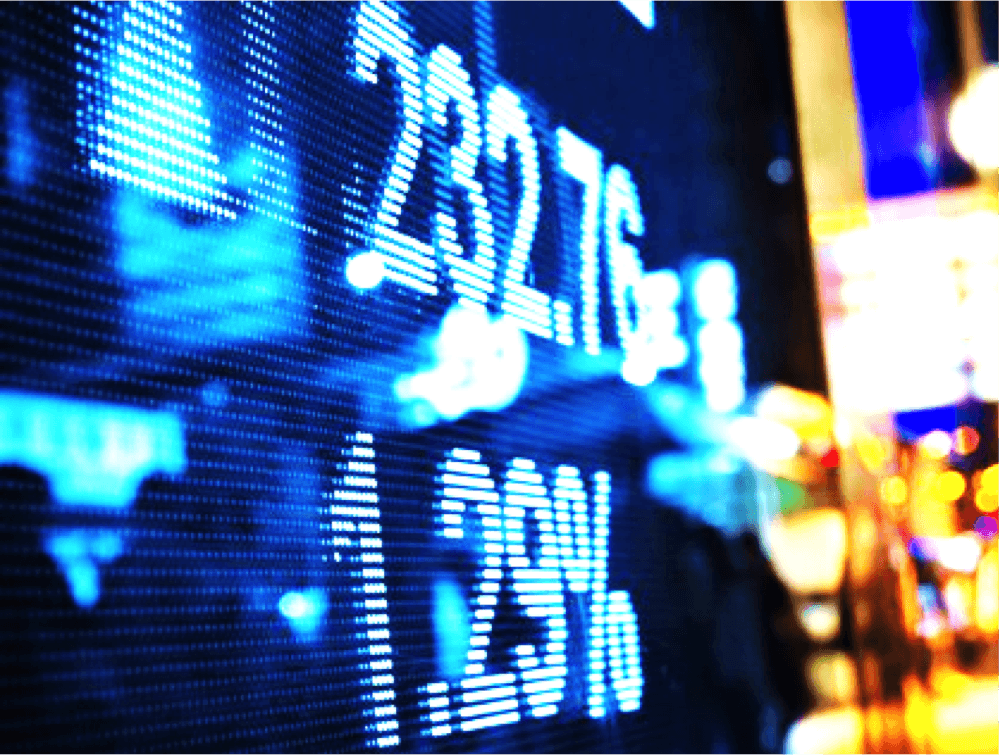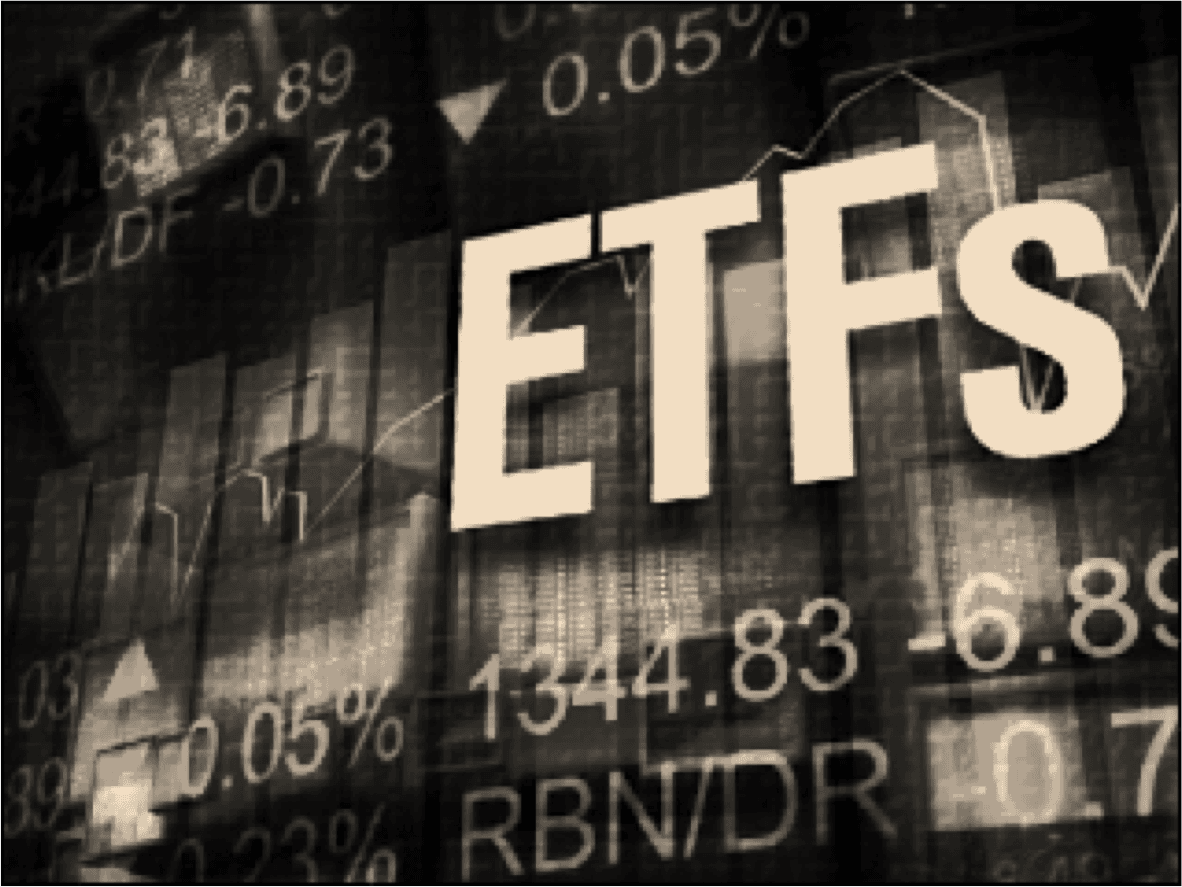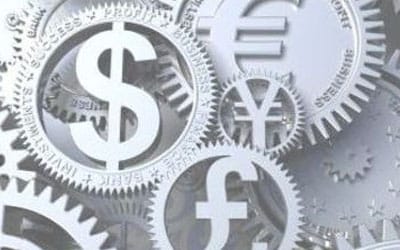
Pope’s dictum, “a little learning is a dangerous thing,” might be applied to the ETF markets, at least to the extent that “a little learning” might lead some to trade overconfidently in these markets. On the other hand, “a little learning” can help investors and traders of any skill level access liquidity in these markets, and gain greater insights as to how to initiate positions and hedge. All the while, it should be remembered that all the major brokerage companies employ advisors who can supplement investors’ knowledge and help them to avoid pitfalls. ETF traders need to bear in mind that these instruments trade much differently than stocks or other simpler instruments. ETF markets are often referred to as “derivative” markets. Market makers and arbitrageurs are responsible for a great deal of the average daily volume in these markets. It is very important to gain an understanding of the role of market making and arbitrage and the creation and redemption of ETF shares in order to arrive at an understanding of which ETF markets to trade and how to trade them.
To start with, in the ETF markets, volume is not necessarily a good indicator of liquidity. In fact, some studies show that many ETFs with lower average daily volume are actually more liquid; they often have narrower bid/ask spreads and they often absorb larger orders without moving the market inordinately. On the other hand, State Street Global Advisors recently published a study that suggests that at some critical level, as the volume of shares of ETFs traded on the secondary market increases, the bid/ask spread becomes compressed. In any event, most professional participants understand that daily volume in the ETF markets is not nearly as accurate an indicator of liquidity as it is in the equity markets. This is because market makers and arbitrageurs in the ETF markets (there is a large overlap between these two groups), along with the funds’ sponsors, routinely create and dissolve ETF shares, as buying and selling pressure ebbs and flows. Thus, if some large asset manager enters a large buy order for an equity ETF, the market makers can choose, or be contractually obligated, to buy or exchange equity shares for whatever number of ETF fund shares the manager needs. In turn, the market makers offer their ETF shares to the manager at a price usually slightly above the perceived “value” of the market.
The market maker offers these shares at a price that is a little bit above the perceived value in order to cover costs such as the creation and redemption fees, the bid/ask spreads of the underlying issues, and various kinds of risks and the costs of hedging those risks. Market makers often hedge “event risk,” the risk of some large geopolitical occurrence moving the market, by buying some or all of the underlying equities (or commodities, etc.) in the ETF’s associated index.
It is for this reason that market makers who hedge in overseas markets often confine their business to those hours when both domestic and specified foreign markets are open. Also captured within this bid/ask spread is a measure of profit for the market maker. Profit margins and costs are also covered by the straight arbitrage that many market participants execute. When the price difference between the ETF and the aggregate NAV of the underlying issues exceeds the costs of doing business, arbitrageurs buy the cheaper issue and sell the more expensive one to lock in a profit. Beyond this profit, market makers often earn “rebates” from the exchanges that are proportionate to the dollar value of the liquidity that they provide.
Still, to many market participants, the unimportance of daily volume as an indicator of liquidity in the ETF market is counterintuitive. How could volume not always be an extremely important factor when it comes to a market absorbing a sizable order? The answer is that the most important market makers, known as “Authorized Persons” (APs), are constantly creating and redeeming ETF shares with the fund sponsor, as demand shifts. If a big order to buy ETFs hits the market, these market makers instantaneously and usually automatically generate many new ETF shares which they offer at a price just over the price level of perceived value. Here, ETF liquidity is almost entirely dependent on the liquidity of the underlying issues. Other conventionally accepted indicators of liquidity are also substantially less relevant when trading in the ETF markets. The ETF bid/ask spread, while important in ETF markets, is less so than in other markets. Traders often report that this spread is often more of a “suggestion.” Market makers often observe the resting, limit orders on their screens and use this information to help gauge price pressure and demand.
This article will continue in a Part 2
Tradersdna is a leading digital and social media platform for traders and investors. Tradersdna offers premiere resources for trading and investing education, digital resources for personal finance, market analysis and free trading guides. More about TradersDNA Features: What Does It Take to Become an Aggressive Trader? | Everything You Need to Know About White Label Trading Software | Advantages of Automated Forex Trading





































